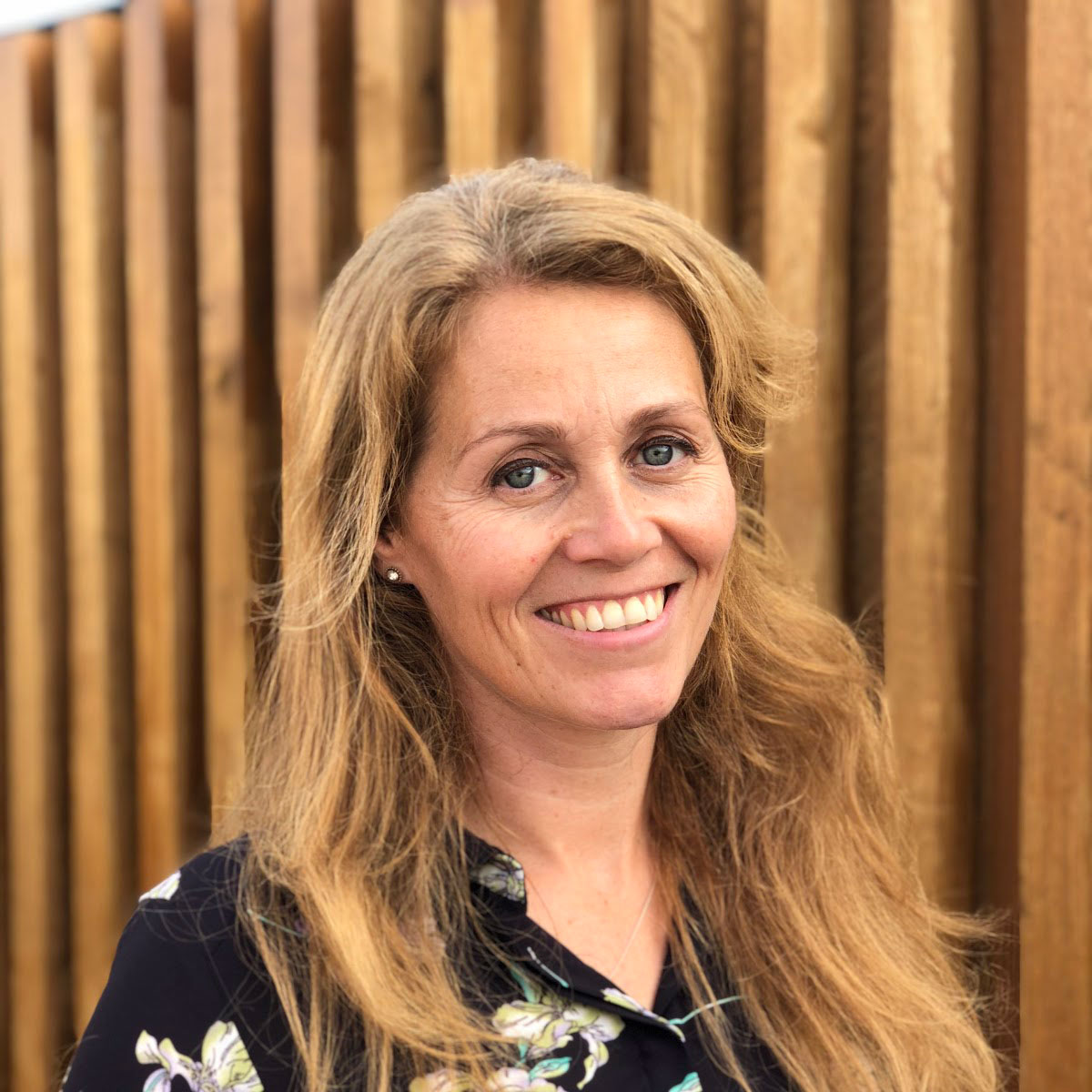Kursha Woodgate, brand and communications director at Slido, on how moderators are shaking up traditional panel formats.
 The speaker panel is a tried and tested formula for events. I have even heard some call it an ‘easy’ option to fill a gap in the programme.
The speaker panel is a tried and tested formula for events. I have even heard some call it an ‘easy’ option to fill a gap in the programme.
But in the age of entertainment at your fingertips, this laid-back approach to ‘quick fix’ content just won’t cut it. Fail to engage with your panel session and your audience will be instant messaging or streaming a movie before you can say ‘many years ago when I started out in this industry…’.
Is the panel format a relic of the past, or can it play a valuable part in an engaging, consensus-driven event content programme? Cue the new breed of moderator, packing the latest tech, lightning fast repartee and the ability to multitask par excellence, listening to panellists, viewing incoming questions from the audience on an app and asking pertinent points, guided by what is most popular amongst the crowd.
Moderators can literally make or break a panel discussion. Get it right and the audience will be on the edge of their seats. Get it wrong and you are likely to witness tumbleweed moments, where the energy in the room slows to a glacial pace.
There are a few things that I have seen work well in terms of delivering a dynamic, audience-driven panel session.
Firstly, meet before the panel. Ensure all of the panellists and moderator are introduced and have some kind of discussion before the event. A good moderator will want some background on each of the participants before the session so that they have a better idea of who will be best placed to respond.
Secondly, use a mixture of mobile Q&A platforms and remember to offer the old school choice of raising a hand. Savvy moderators make sure they regularly refer to the questions asked by the audience on the app (which can change rapidly) while listening to panellists’ responses, rather than sticking rigidly to a pre-planned format, keeping it dynamic. For longer panel sessions, using something like a ‘catchbox’ throwable microphone can keep the physical energy in the room moving.
You must also keep it moving. Don’t allow one person to dominate the discussion. This can be really difficult if you have vocal panellists and want to be polite. Having met the panellists before the actual debate helps them to be more forgiving if you cut them short and remember, you’re making sure everyone gets to have a voice.
Finally, the physical seating can also make a big difference to the dynamic of a panel (maybe soft armchairs for a gentler discussion, barstools for a feisty, fast exchange). If the moderator remains standing, this can add a different energy, keeping panellists sharp and ready to respond and helping the moderator to maintain energy throughout the discussions.



















